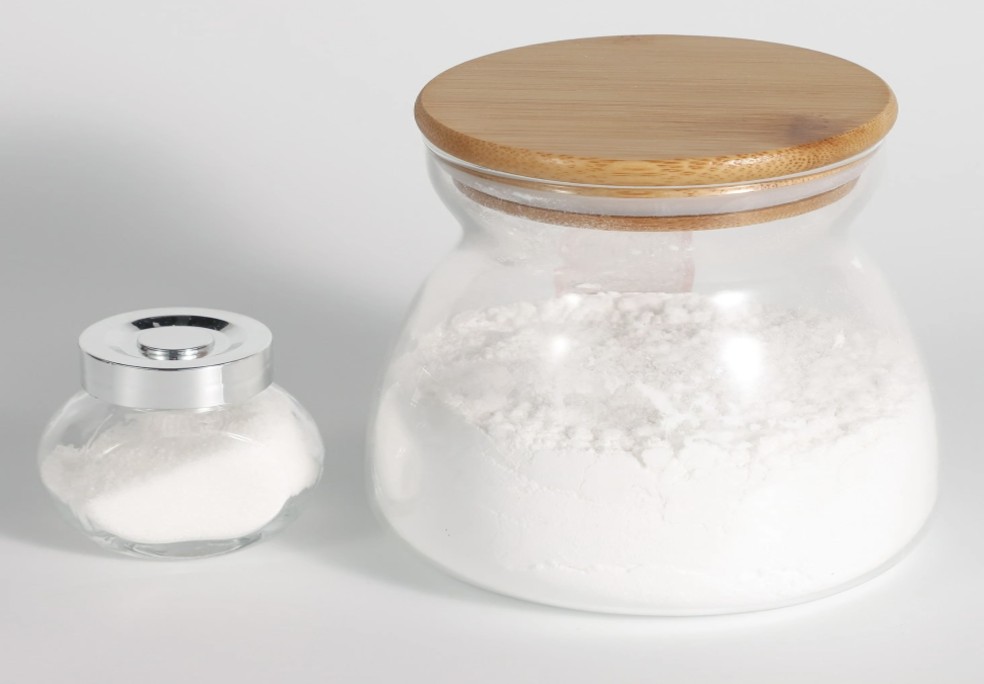Progesterone C21-hydroxylase activity has been demonstrated with rabbit kidney microsomes for the first time and the formation of 21-hydroxy-4-pregnen-3,20-dione (DOC) by rabbit liver and kidney microsomes has been quantitated. Considerable intraspecies variability in enzyme activity occurred with both tissues. The liver enzyme (Vmax = 1.28-38.0 nmol/mg protein per 30 min of incubation) was significantly more active than the kidney enzyme (Vmax = 0.028-0.28 nmol/mg protein per 30 min of incubation). Apparent KM values were 1.39 و 0.8 microM, respectively. سیتوکروم سی (10(-5)م), potassium ferricyanide (10(-3)م), and 2-methyl-1,2-di-3-pyridyl-1-propanone (metyrapone; 10(-3)م) were strongly inhibitory with both tissues, whereas the liver microsomal system was less sensitive than the kidney to CO-air (90:10 v/v) inhibition. Metabolism of [14سی]DOC to 4-pregnen-3,20-dione-21-oic (pregnenoic) and 4-androsten-3-one-17 beta-carboxylic (etienic) acids by liver microsomes and adrenal and ovary homogenates was differentially affected by several factors. CO-air (90:10 v/v), cytochrome c (10(-5)م), and metyrapone (10(-3)م) inhibited pregnenoic acid synthesis to a greater extent than etienic acid. Sodium cyanide had a stimulatory effect on the synthesis of pregnenoic acid by the liver but less consistent effects with other tissues. These results suggest that one or more cytochrome P-450 systems may be involved in the oxidation of progesterone through to pregnenoic acid by rabbit tissues.






















